The UK's gathering Covid-19 autumn storm
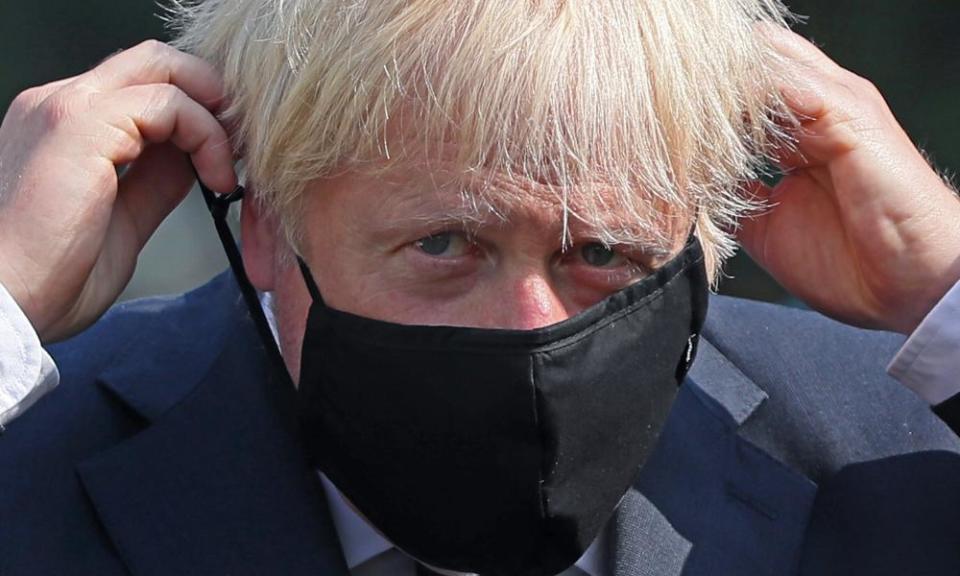
During the contest to select a new Tory leader last summer, many local Conservatives decided to vote for Boris Johnson over Jeremy Hunt – not because they saw him as more competent but because they thought he would be more fun.
On the hustings trail around the country, Hunt, the former health secretary, impressed with his grasp of detail and air of managerial competence. But Johnson’s more jokey, broad-brush “let’s have a go” approach lifted activists’ spirits after the cheerless Theresa May premiership. They knew Johnson was a risk. But it was one a majority were prepared to take.
A little over a year on, as millions of working people, parents and schoolchildren prepare for a hugely difficult autumn return to schools and workplaces with cases of Covid-19 rising again, and with the government in turmoil over the exams crisis, there are signs that plenty of Tories are now beginning to wonder how big a mistake they might have made. In a YouGov poll last week, the Tory lead over Labour had been cut to just 2%, having stood at over 25% in many surveys in March.
The exam crisis of recent days has raised yet more questions about the ability of Boris Johnson's government to run the country
Johnson said recently that the country has a “moral responsibility” to reopen schools at the start of next month. But headteachers will do so with trepidation at a time when faith in the Tory government’s ability to handle not just education but the wider Covid-19 crisis is fast ebbing away, even among its recent supporters.
Last Tuesday, at the height of the exam-grades fiasco and amid calls for education secretary Gavin Williamson to quit, the normally staunchly pro-Tory Daily Mail lampooned Johnson and Williamson on its front page as a latter-day Laurel and Hardy, with a headline saying “Another fine mess”. It asked: “Why is education secretary still in a job… and when will PM get a grip?”
Not since John Major’s premiership in the 1990s, and the aftermath of the UK’s exit from the ERM, have elements of the rightwing press turned on a Conservative leader with such force. The ConservativeHome website for Tory activists, meanwhile, has been full of pieces and comments deriding the government’s recent performance at a time when strong leadership is needed more than ever. Its editor Paul Goodman, a former Tory MP said: “There’s no doubt at all that Boris Johnson’s standing with Conservative activists has dipped. In our monthly survey of party members, his net satisfaction rating has fallen from a positive figure in the 80s in May to the 40s this month. He is now only the eighth most-popular cabinet minister – not a very good place for a Tory leader to be.”
Conservative backbench MPs despair, asking why the centralised operation at No 10, which ignores them and is run by Dominic Cummings, is so prone to mistakes. “You simply cannot go on making so many basic errors and expect people to support you,” said one former Tory minister. “People will forgive many things. They will forgive us not getting everything right on the virus. But they will not forgive serial incompetence, particularly in times like this.”
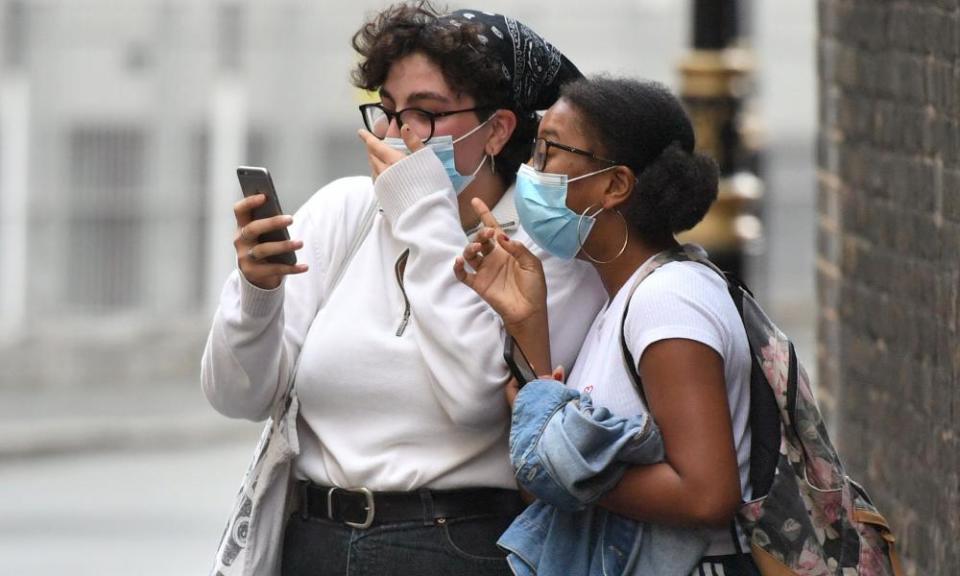
As we report today, teachers, councillors, parents and teaching unions now fear that the same incompetence by ministers will spill over and have consequences when schools reopen. Headteachers say that the government has been so distracted by the exam farce that it has left schools in the dark, giving little guidance on reopening plans over recent weeks. Universities are wondering how they will handle the admissions chaos that has resulted in more students reaching their required grades than they have places to offer. Johnson meanwhile has remained on holiday – in a tent on the Scottish coast.
For many people, including the prime minister, August was a month to try to get away from Covid-19. But September will be when reality strikes, and leadership is needed more than ever. The end of the holidays and the return to “normal” will be anything but. Many hundreds of thousands of working people are expected to be made redundant as the furlough scheme winds down. Any job opportunities there are in a shrinking economy will be fought over by ever larger numbers as graduates join the competition for employment.
The chancellor Rishi Sunak was expected to deliver an autumn budget next month, preparing for potential tax rises and to begin to pay the huge bills already incurred from Covid-19. But such is the anxiety over a second wave that it may be delayed until next year, when the true cost of Covid is known.
As winter approaches, the inadequate test-and-trace system will come under more pressure, exposing it as anything but the “world-beating” system ministers claim it to be.
Related: Coronavirus: scientists caution against reopening schools
To add to the uncertainty, Brexit battles with the EU will resume in earnest soon after MPs return to Westminster on 1 September, and fears will grow that the UK will end its transition period on 31 December without a deal, thereby inflicting more harm on the economy at the very point when it will least be able to afford it.
Labour, meanwhile, continues to make steady if unflashy headway against the governing Tories. Its strategy under Keir Starmer is to expose what it sees as the gap between Johnson’s promises and the reality of what his government actually delivers. “Johnson is good at the flowery rhetoric and the promises but terrible at the actual governing. That is what we have to expose,” says an aide to Starmer.
After five months in which the Johnson government has progressively lost credibility over its handling of Covid-19, the exam crisis of recent days has raised yet more questions about its ability to run the country in a crisis.
Writing for the Observer online, Will Tanner, a former adviser to Theresa May while she was at No 10, suggests that Johnson’s administration lacks any clear vision of the country it wants to build after the pandemic. It has, he says, made clear which institutions it dislikes and wants rid of, like Public Health England and the Department for International Development, but not what it wants to put in their place.
Tory MPs and activists who once saw Johnson as a leader to cheer the country up now wonder if he has what it takes in a prolonged crisis. Recent months have exposed his and his government’s weaknesses for all to see. But September will present him and his ministers with even sterner tests.
Science
Summer is about to end and many of the bonuses that have helped ease lockdown will disappear. Meetings in parks, drinks in beer gardens and picnics will lose their appeal, and people will head indoors to socialise – and spread the virus.
In the open air, the Covid-19 virus does not infect people easily. Indoors, it can be picked up with worrying frequency. In addition, it is now clear that new Covid case numbers have already started to increase in the UK even in August, while R, the Covid reproduction rate, is reported to be over 1 in many areas. Fresh outbreaks could soon be triggered across the country.
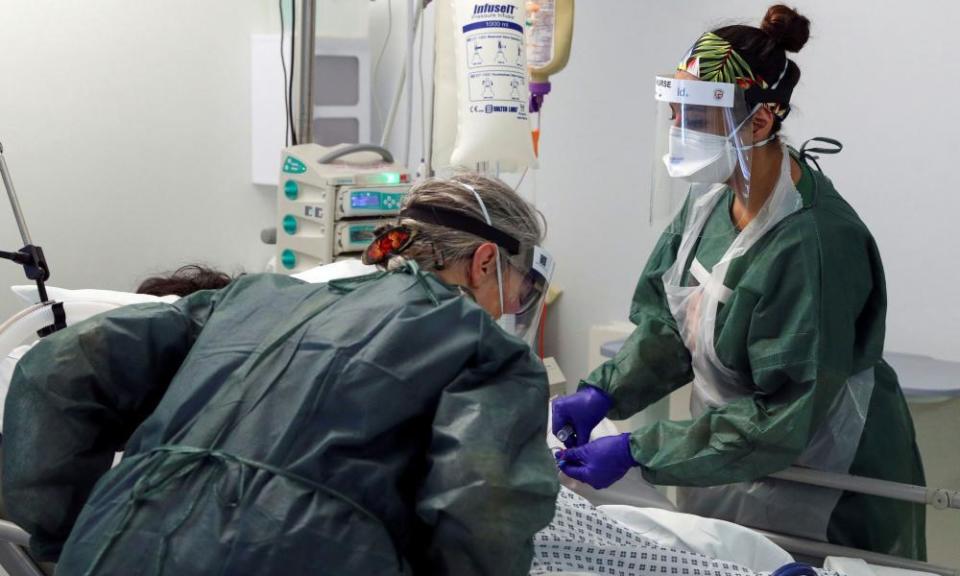
“In several regions, including London, the south-west and northwest, the R number may now exceed 1, suggesting the possibility of a substantial growth in new infections in these regions in the near future,” warned Yuliya Kyrychko, reader in mathematics at Sussex University.
This point was backed by epidemiologist Anne Johnson at University College London. “We are loosening restrictions, going back to work, schools are opening, people are starting to go back on public transport and contact numbers are increasing,” she told the Observer.
“These are just the sorts of things that could trigger a second wave in September. In addition, there is good evidence that these viruses survive better in cold conditions.”
Johnson was one of the authors of a recent report, prepared by the Academy of Medical Sciences (AMS), which warned that a new wave of coronavirus infections – beginning in September – could have a more serious impact than the first wave. A flu epidemic could arrive on top of new Covid outbreaks, while conditions such as asthma, heart attack, chronic obstructive pulmonary disease and stroke tend to worsen as winter approaches. A perfect storm of illness could soon hit the NHS.
According to the report, Preparing for a challenging winter 2020/21, a worst-case scenario would see an epidemic, starting in September, that would lead to 120,000 deaths over winter. “However, that was not a prediction but a worst-case warning that assumed an R of 1.7,” added Johnson.
To head off impending disaster, the report urged that “intense preparation” should begin in July and August. “These would include plans for a public information campaign, increasing the capacity of the test, trace and isolate programme; reorganising the health service to create Covid treatment centres and separate Covid-free hospitals; and setting up multiplex testing that would rapidly tell whether a patient with symptoms had a cold, or flu, or Covid,” said Stephen Holgate, AMS president and another author of the report.
However, there is no evidence that any of the proposals outlined in the report have yet been adopted by the government. “I haven’t seen much sign of [a public information campaign] yet,” added Johnson. “We also made it clear that it was crucial to keep case numbers as low as possible in summer to minimise later rises. That is not what we have got now, however.”
The economy
There are few more symbolic responses to the Covid-19 crisis than the loss of 7,000 jobs announced by Marks & Spencer.
With footfall on the high street still down by 30% last week, the retailer warned that growing uncertainty about the outlook for the economy means that it is unlikely to see customers, many of them concerned about the risks of travelling on public transport, return any time soon.
The jobs to be cut are among the better paid and pensioned shop staff. If there are any vacancies, it will be in the firm’s warehouses and online operations where the pay and terms and conditions are significantly worse.
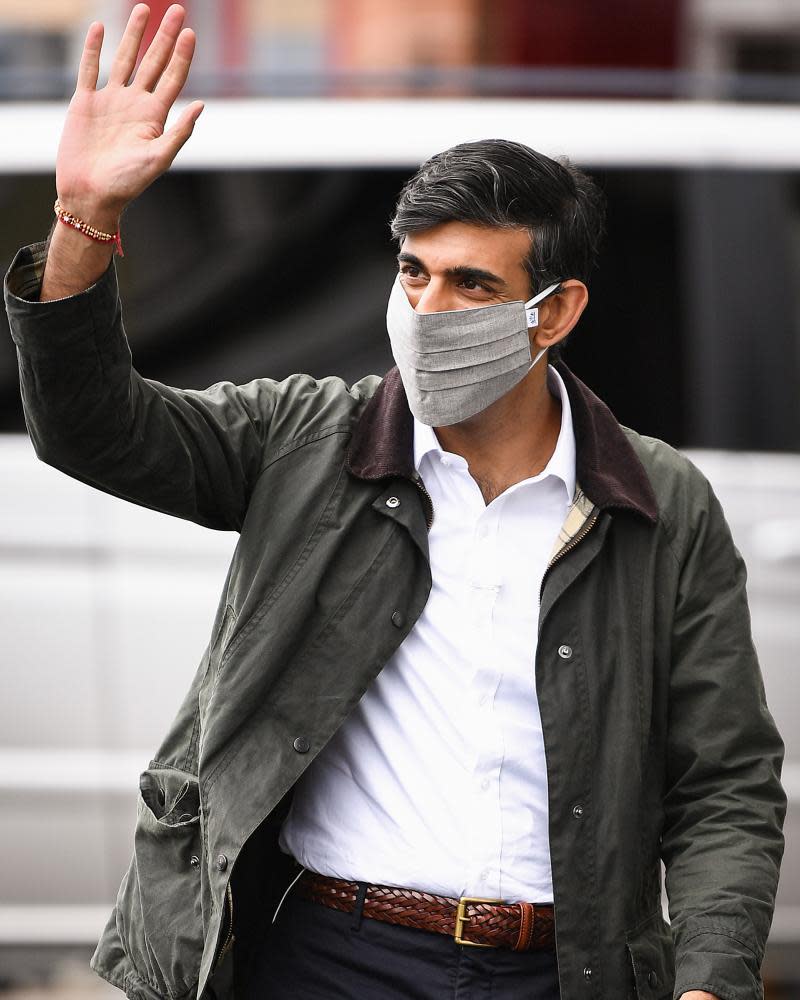
It is a tale of modern Britain that is being accelerated by the pandemic, with businesses following tried-and-tested ways to save money and stay ready to react to local lockdowns and a further loss of income.
Illustrating the impact on the jobs market, around 1.1m people have signed up for work-related benefits since March.
Along with M&S, a string of major retailers and high street dining chains, including Debenhams, John Lewis, Boots, WH Smith , Pizza Express and Zizzi have announced job cuts, not to mention the hundreds of businesses in the hospitality, leisure, travel and aerospace industries that have let staff go. Last Friday, the Night Time Industries Association (NTIA) said that without extra government aid there could be as many as 754,000 job losses, with nightclubs particularly hard hit.
To give employers the flexibility they crave, official figures show that since March thousands of workers have switched to zero-hours contracts, taking the total to a record high of more than one million.
In the City, an average of all analyst predictions shows unemployment rising by Christmas to 8.3% of the workforce, or 2.7m workers. Economists at the London School of Economists expect the situation to be much worse, believing that official figures underplay the dire situation faced by companies and charities alike.
Such an increase in just six months would be unprecedented. While the unemployment rate hit 11.9% in the 1980s, it took almost four years to reach this level.
A rise to 8.3% in the second half of the year would beat the last record-setting increase in unemployment during the second half of 1980 by almost two-and-a-half times.
Martin Beck, an economist at the global consultancy Oxford Economics, says that the circumstances today are better than in 1980 when interest rates stood at 17%, inflation was 20%, Margaret Thatcher’s government was cutting spending and consumers were reeling from VAT doubling six months earlier. He argues that unemployment will peak at 6.5%, shaving almost two percentage points off the consensus forecast.
However, the economy has changed over the last 40 years, making it more vulnerable to a pandemic. It is now heavily dependent on services, most of which in normal times are delivered face-to-face.
People with high disposable incomes are often older and fear the virus more than others, limiting their appetite to spend. And the economy is sustained by Treasury subsidies that will be scaled back dramatically in October, leaving businesses to fend for themselves.
There is hope that with schools opening next month, more of the economy will open up and many jobs will be saved. But experts fear that a haphazard return to the classroom, married to an end of the furlough scheme, which still supports more than three million workers, will set new records for unemployment, and push millions more into insecure work.
Education
Boris Johnson has effectively made a full resumption of school life his main priority in the current phase of the Covid crisis. While schools have had more time over the summer to consider how to make that happen, there is one overriding concern among school leaders, teachers and the unions – what is the plan B?
Schools will put pupils in bubbles, deploy more frequent hand-washing and one-way systems – though social distancing will not have to be enforced everywhere. However, there are concerns that schools remain unsure about what to do should they be affected by an outbreak or if lockdown measures are reintroduced. Teachers report having to draw up their own contingency plans, including “one week on, one week off” models.
Even with schools working on the basis of a full return, a lot depends on parents being confident enough to send children back into the classroom. There is evidence from before the summer holidays that those least likely to attend are disproportionately poorer and vulnerable children, meaning the disparity between rich and poor could widen further in the next school year.

Senior figures in education are asking for another scheme to help poorer children with technology, to make sure they can be reached at home if remote learning is still required. There is evidence that the scheme rolled out earlier this year only reached just over a third of disadvantaged children.
Ensuring that there is enough public transport for secondary school children remains an issue, while older teachers need reassurance. Research suggests that more than a third of teachers over 50 do not feel safe going back to school. The need to factor in additional teacher shortages puts extra pressure on class sizes and space.
The exams fiasco has also created a challenge for sixth-form colleges, which have been struggling to deal with demand after GCSE students were given higher grades based on their teachers’ assessments.
Meanwhile, universities are struggling to accommodate a glut of students caused by the exams fallout. With students given the higher of their teacher grades and the now infamous Ofqual algorithm, universities are experiencing extra pressure on physical space. Many have spent millions on signage, one-way systems, extra online resources and perspex glass, but the extra numbers could make them more vulnerable if there are outbreaks.
As one vice chancellor put it before the results fiasco: “We have two nightmares. One is that no one turns up. The other is that everyone does.” The latter nightmare now looks like a waking one. Handing so many students a place at their first-choice university could put further financial hardship on less favoured institutions.
Vice chancellors are also worried about drop-out rates because pupils missed so much of the last academic year, and some will be on courses they cannot cope with.
Health
As the UK passed the peak of the first wave of Covid-19, leading scientists made clear that an effective – if not quite “world-beating” test, trace and isolate regime was the key to dealing with any resurgence. Testing capacity is now hugely expanded, with between 150,000 and 200,000 tests processed each day. However, concerns remain over whether the system can cope with a second wave.
The speed of results, regarded by public health experts as key to the system working, is a problem. Only 60.5% of in-person tests were returned within 24 hours during the most recent week for which data is available. For home tests, only 14.5% were returned within 48 hours. Meanwhile, since mid-June, only about three-quarters of people referred to contact-tracers could be reached and asked for details of their contacts. Local test-and-trace systems are being set up to plug gaps. Such concerns have led leading scientific advisers to warn that testing is still not where it should be.
There is continued nervousness among care home providers about the autumn. A commitment for weekly tests for care home staff was delayed until September, with providers fearing further delays. Meanwhile, home-care providers only have access to a test if symptomatic.
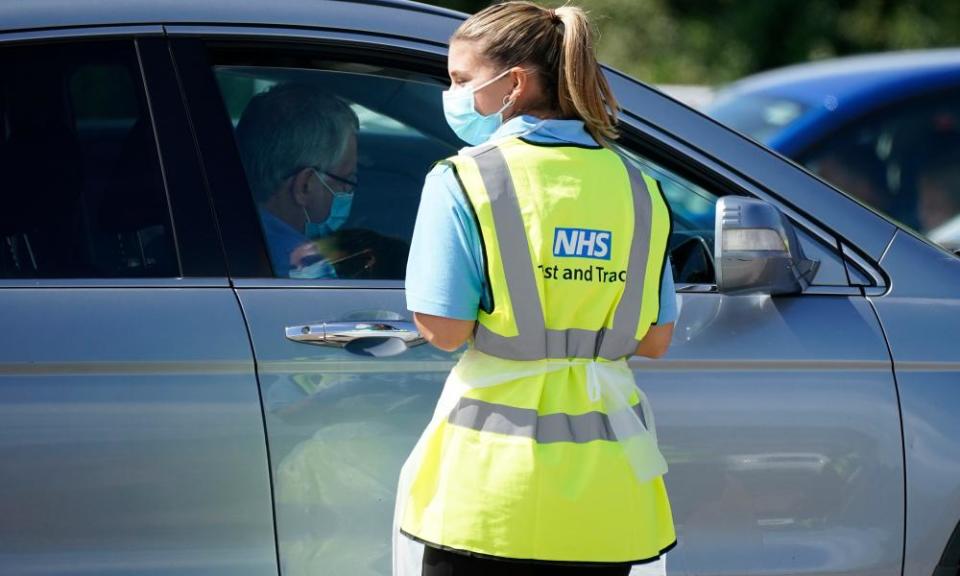
The threat of hospitals being overwhelmed by Covid cases has been mitigated by a significant increase in ventilators and emergency capacity. Nightingale hospitals have been mothballed or scaled back, but extra capacity is available for the winter. A major flu vaccination drive is also planned to prevent multiple epidemics. However, the NHS goes into the autumn still facing significant challenges.
With huge backlogs mounting in other NHS services, hospitals are desperate to keep non-Covid services open in the event of a resurgence of the virus. But NHS insiders say that even the country’s best hospitals warn that getting back to 80% of pre-Covid service levels will be a challenge – and that’s if everything goes smoothly. Workforce restraints remain an issue. “They’re all completely knackered,” says one insider. Meanwhile, NHS requests for more community care and acute beds this winter have been knocked back.
Then there’s the government’s decision to abolish Public Health England (PHE). The new National Institute for Health Protection is modelled on the Robert Koch Institute in Germany, which has suffered far less from the pandemic. However, while the new body is already incorporating NHS Test and Trace and the Joint Biosecurity Centre, the government has said that it will be “formalised” by the spring. Could key responsibilities fall through the gaps this winter? “It’s a massive distraction,” says Jennifer Dixon, chief executive of the Health Foundation thinktank. “The non-Covid part of PHE’s role is also very important – health prevention, health promotion – which is far bigger in terms of threat to health. The question there is, how much is the government going to focus on that?”

 Yahoo Sport
Yahoo Sport 





































